COAST GUARD VESSELS
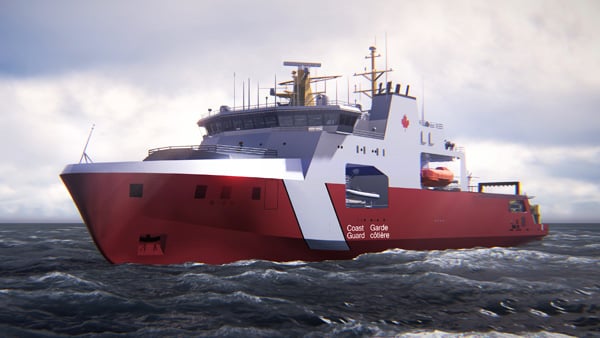
CCG Arctic Offshore Patrol Ships design program management
Irving Shipbuilding Inc subcontracted Fleetway Inc to support the program management and engineering and design of modifications to the Arctic and Offshore Patrol Ships being procured for Canadian Coast Guard service. Fleetway rolled its considerable experience working on the integrated logistics support package for the naval variant, and on the 3D model of the class during the build phase, to support the unique Canadian Coast Guard requirements being considered for hulls 7 and 8.
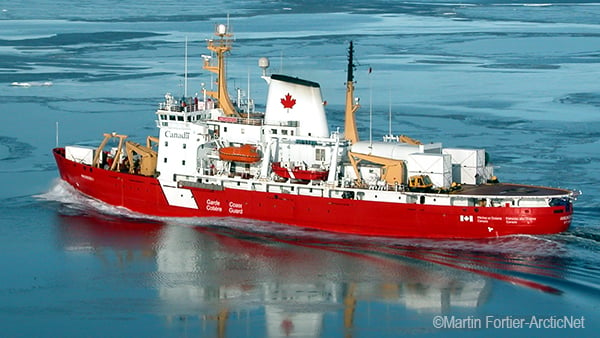
Refit of the CCGS Amundsen
The CCGS Amundsen (formerly the CCGS John Franklin) is a Canadian Coast Guard Medium Icebreaker. As part of Canada’s commitment to Arctic research on the effects of climate change, bids were solicited for re-designing and refitting this vessel for its new role as a dedicated platform for Arctic oceanographic research. Fleetway was awarded the primary engineering contract for this conversion and developed the Design and Conversion Drawing Package and specification for the shipyard to complete the refit.
The major modifications to the ship included:
- Addition of a slow speed maneuvering and propulsion drive including bow and stern azimuthing thrusters for dynamic positioning;
- Installation of a SIMRAD EM 300 Sonar System for conducting ocean-floor mapping and retractable SIMRAD EK 60 Echo Sounders and Acoustic Doppler Current Profiles for water column analysis and current profiling, and
- The installation of an 8 ft by 8 ft moon pool, lifting arrangements and winches to enable the deployment of survey equipment and ROVs.
The Coast Guard requirement called for the converted vessel to comply with: the Canada Shipping Act, Equivalent Standards for the Construction of Arctic Class Ships, Health and Welfare Canada, other relevant regulatory bodies, workplace standards, and SOLAS.
Fleetway developed a strip-out and installation specification that detailed the extent of the structural, systems, equipment and hull outfit changes associated with the conversion. The design and conversion process was completed in 10 months.
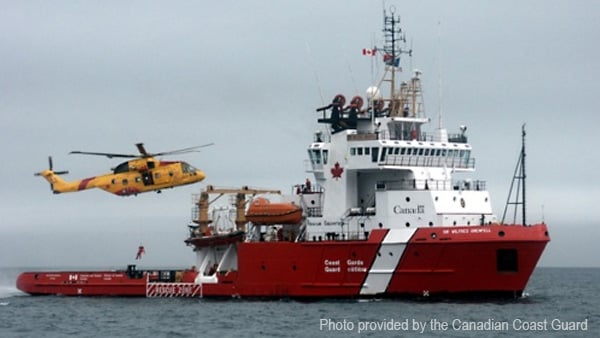
CCGS Wilfred Grenfell refit
In late 2019, Fleetway was selected to support the refit preparations of CCGS Sir Wilfred Grenfell. Grenfell is a 1980s-era Offshore Patrol Vessel recently transferred to the Western Region fleet. Fleetway’s involvement was to complete structural assessments and design work for the installation arrangements of a 20 tonne crane, inclusion of a new chain hauling winch, and emergency towing bitts to support SAR requirements. The work also included the creation of a new cargo hold and engine room workshop, rearranging the boat deck, implementing additional accommodation space, and strengthening of the side shell and house sides for buoy and small boat handling. These design activities along with other modifications being made by the Canadian Coast Guard will ensure Canada a reliable, multi-role vessel on the West Coast for years to come.
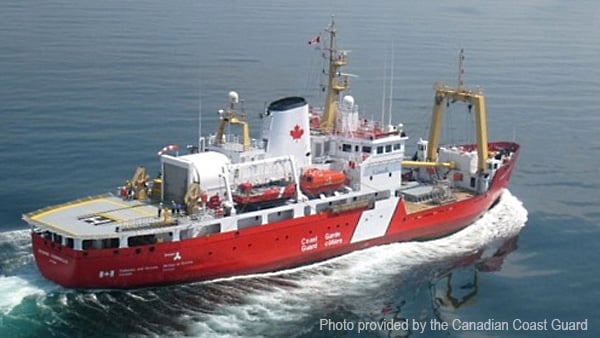
CCGS Kopit Hopson 1752 refit
Fleetway joined Shelburne Ship Repair in a joint bid to undertake the midlife modernization of CCGS Kopit Hopson 1752. Fleetway is providing engineering and technical services support necessitated by the replacement of main engines, heavy lift crane, bow thruster and main mast, in addition to support to regulatory surveys, electrical diagrams, cable management and structural calculations to name but a few. The work is being undertaken throughout 2021.
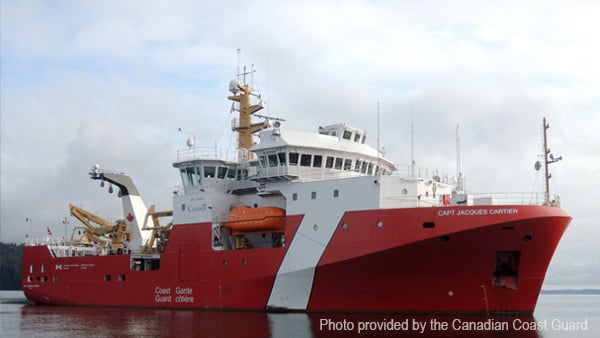
CCGS Capt Jacques Cartier
CCGS Capt Jacques Cartier is a 3000 tonne Offshore Fisheries Science Vessel built under the auspices of the National Shipbuilding Strategy and delivered to the Canadian Coast Guard in November 2019. Fleetway was enlisted by Seaspan Shipyards to act as Warranty Agent to the shipbuilder during the vessel’s first year of operations with the Canadian Coast Guard from its homeport in Dartmouth, NS. In this role, Fleetway will also support the first year of operations of the third ship of the class, the CCGS John Cabot on delivery to its homeport in St John’s, NL in late 2020.
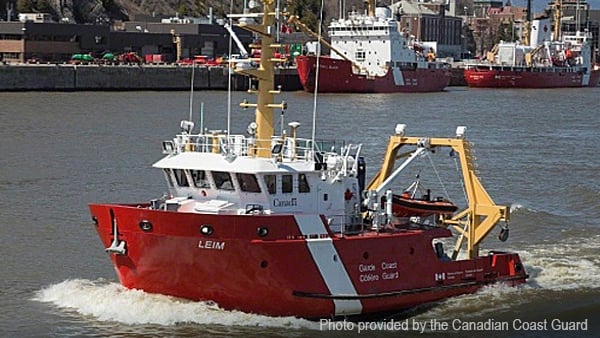
CCGS Leim
Canadian Coast Guard Ship CCGS Leim is a Near-Shore Fisheries Research Vessel that undertakes a diverse range of fishery and science tasks. Fleetway was contracted to confirm the stability of the vessel against its design intent and various loading conditions, in addition to recommending and fully engineering design changes to ensure that the ship’s seaworthiness and full utility were preserved for its Coast Guard and Fisheries mandates. Working with the Canadian Coast Guard and the Classification Society, Fleetway developed sound engineering solutions to enhance vessel stability and assure safety in all operating conditions.
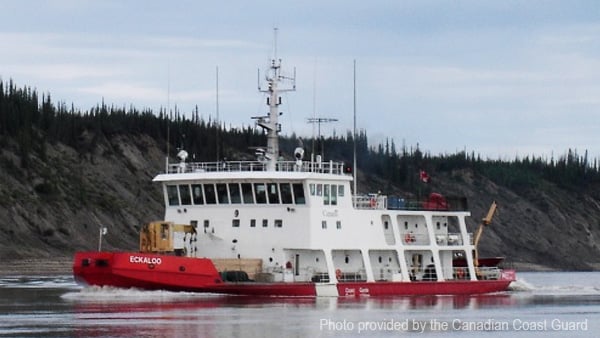
CCGS Eckaloo Shallow Water Hull Design
The CCGS Eckaloo is a vessel that operates on the shallow McKenzie River. Fleetway undertook a major design study that resulted in the complete redesign of the aft under body in order to increase the vessel speed and manoeuvring while maintaining the draft. Fleetway conceived a modified tunnel design which forced water into the propeller duct from the side of the vessel rather than from underneath. Fleetway prepared the production specifications and drawings for the following: strip-out of existing nozzles, rudders and aft hull structure; fabrication and installation of redesigned aft hull structure; installation of new propellers, relocation of rudders; and relocation of gear box lube oil keel coolers.
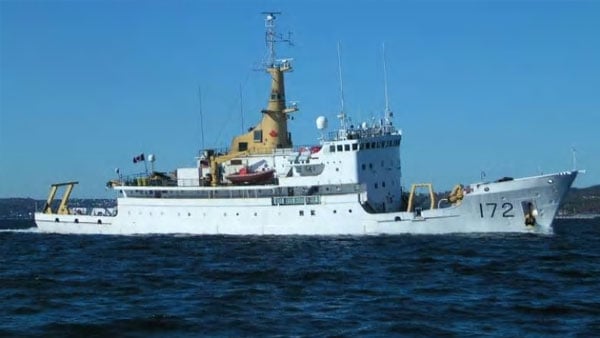
CFAV Damaged Stability Improvements
The CFAV Quest was an acoustic research ship commissioned in 1969 and extensively modernized in 1999. Following an Inclining Experiment in 2008, it was discovered that due to weight growth during and subsequent to the modernization, the ship was failing damage stability criteria. Fleetway was tasked by DND to develop solutions to this problem, the result of which saw limiting the vessel’s deadweight capacity, fitting additional internal subdivision and the incorporation of large above water sponsons at the stern of the ship. The sponsons were designed to increase the ship’s reserve of buoyancy and improve its righting arm in event of heeling when damaged. The CFAV Quest was the first operational ship in the Royal Canadian Navy to have its stability checked against the latest SOLAS probabilistic damaged stability assessment methodology and Fleetway is now proficient in the application of this approach.